Doug McIntyre
Soccer Journalist
EAST RUTHERFORD, N.J. — It’s hard to cut through the clutter in America’s greatest metropolis, but one of soccer’s biggest summer events did take a super-sized bite out of the Big Apple.
Passengers streamed off planes at LaGuardia Airport wearing Chelsea and Paris Saint-Germain jerseys. Outside the swanky midtown Manhattan hotels that housed the FIFA Club World Cup finalists, fans dressed head to toe in their team’s colors crowded on the sidewalks, hoping to catch a glimpse of Cole Palmer or Ousmane Dembele.
At MetLife Stadium, a few miles west of the Hudson River, three military helicopters roared overhead — one of them carrying Donald Trump, who became the first sitting American president ever to attend a major international soccer match.
It was a preview of what’s to come one year from now, when the New York area (and more specifically, suburban New Jersey) will crown the 2026 World Cup champion on the same field.
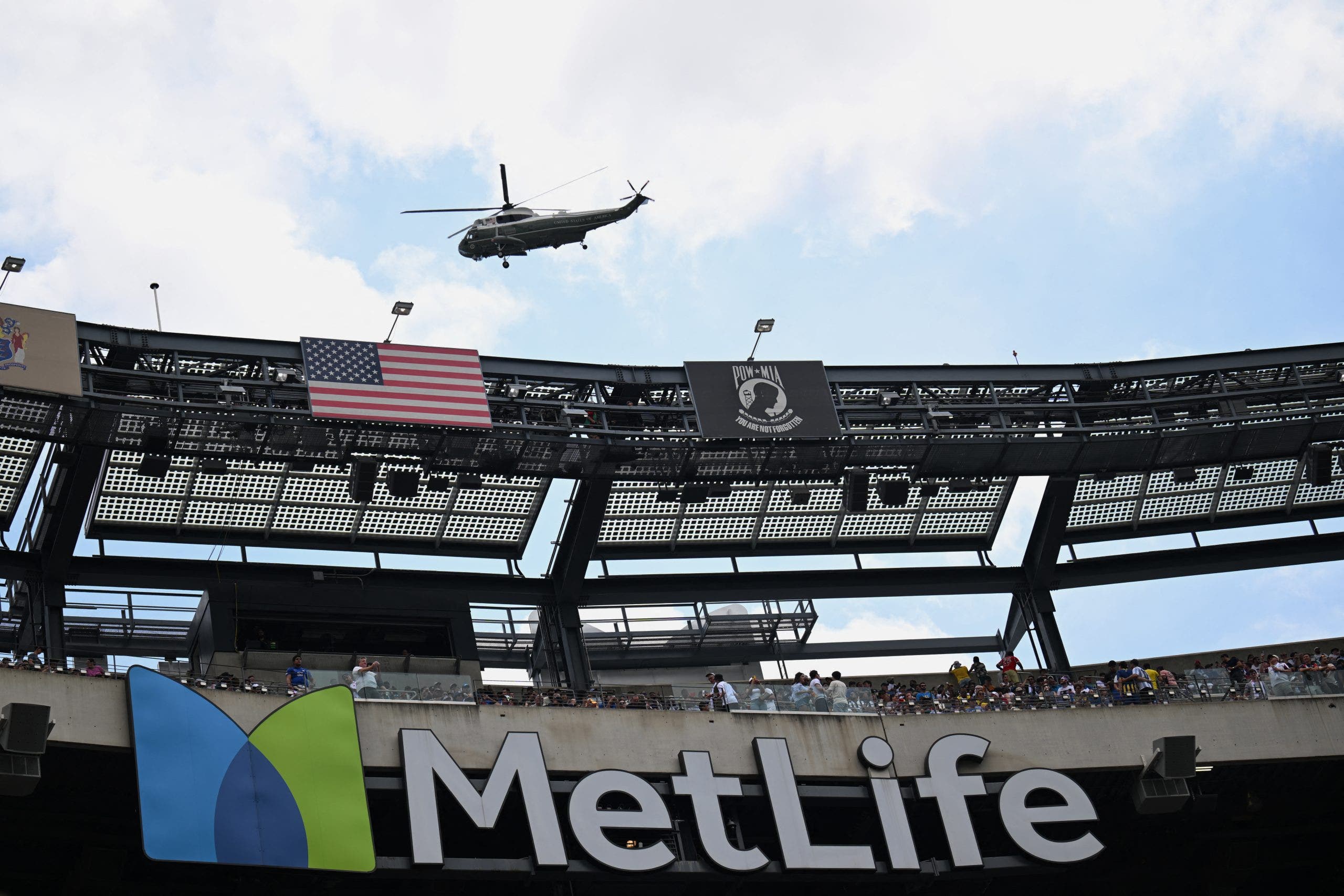
(Photo by ANGELA WEISS / AFP) (Photo by ANGELA WEISS/AFP via Getty Images)
Culturally speaking, nothing comes close to a World Cup final. Almost 1.5 billion people — more than a sixth of the planet’s population — watched the epic 2022 decider between Lionel Messi’s Argentina and Kylian Mbappe’s France in Qatar. The Super Bowl, by way of comparison, draws a global television audience of less than 200 million.
Still, Sunday’s Club World Cup final felt like a legitimately big deal around New York. It was also a fitting preview of what will occur next July 19.
RELATED: 104 Super Bowls? Five Million Fans? The 2026 World Cup Will Be Colossal in Big Ways
The Club World Cup had its detractors before and during the competition. Many of those criticisms were valid. Ticket prices were priced too high initially, forcing FIFA to slash prices later on. Some group stage matches were marked by paltry crowds. There wasn’t a huge appetite in Central Florida to see South Korea’s Ulsan FC face South African club Mamelodi Sundowns, with that first-round matchup drawing just 3,412 spectators to the 25,000-seat home of MLS side Orlando City.
To appease European broadcasters, who didn’t want matches being played in the middle of their nights, games were played in searing midday heat instead of in the U.S. evenings.
The 63 contests spread over a month still drew an average attendance of almost 40,000 — an astonishing figure, really, one and the same ballpark as several World Cups proper played this century, including South Korea/Japan 2002 (42,269), South Africa 2010 (49,690) and Russia 2018 (47,371).
The knockout round saw packed NFL stadiums in Atlanta, Miami and Philadelphia. And despite hosting the last four matches of the tourney over a nine-day stretch, MetLife drew an average of 75,000 for its one quarterfinal and two semifinal matches, then a standing-room-only crowd of 81,118 for Sunday’s grand finale.
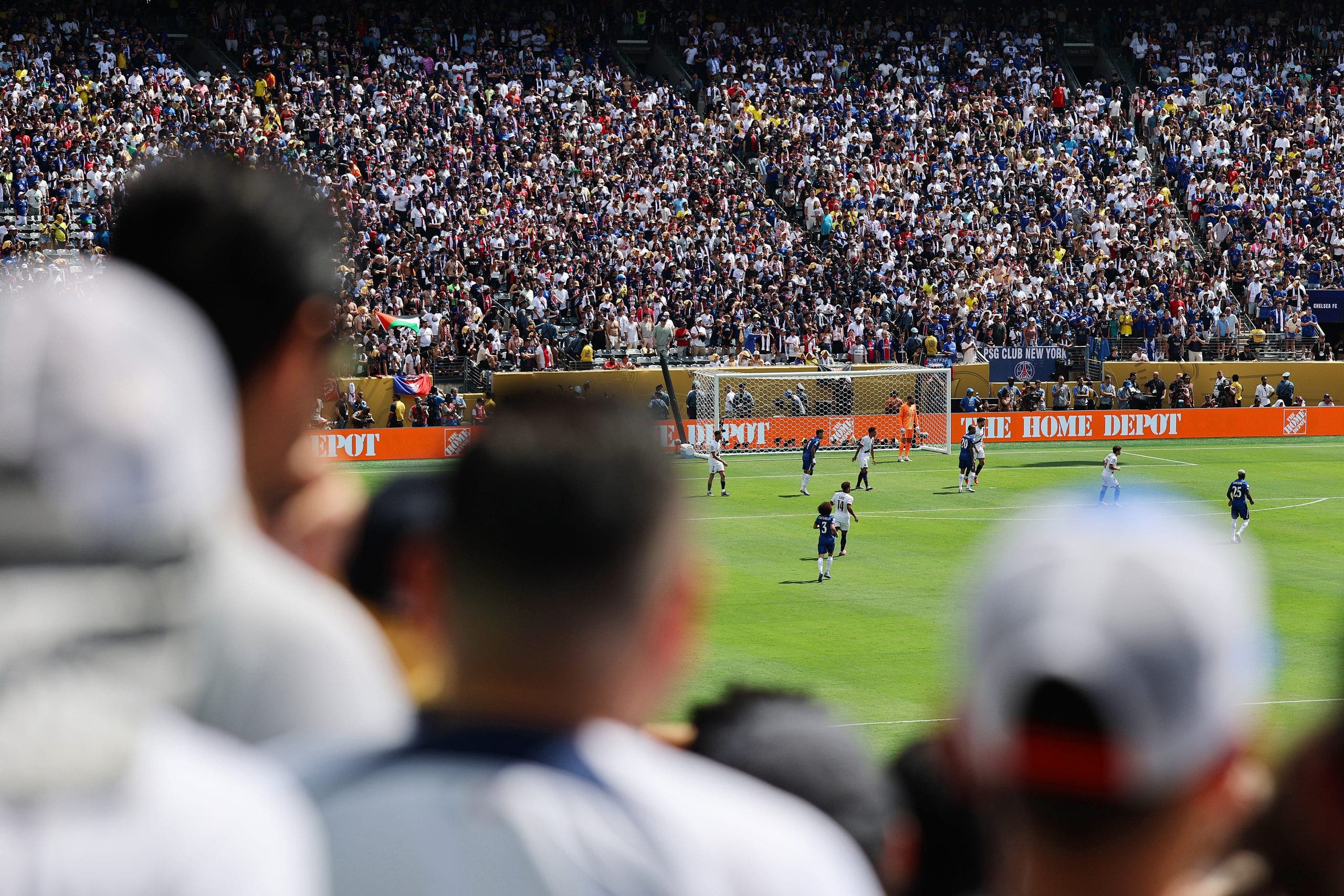
(Photo by Carmen Mandato – FIFA/FIFA via Getty Images)
It was clear that the overwhelming majority of those in the house on Sunday were Americans. Sure, some Chelsea and PSG die-hards flew in from London and Paris for the chance to see their team hoist the Tiffany-designed trophy. But the English Premier League has been a staple on streaming services and cable and free TV in the U.S. for decades. As one of the Prem’s most successful clubs over the last 20 years (the Blues have won five English, two European and two Europa League titles since 2005), they have a huge stateside following.
Meantime, PSG is one of the sport’s most glamorous brands, a team that has employed global superstars Messi, Mbappé, Neymar, David Beckham and Zlatan Ibrahimovic and won the Champions League for the first time in May.
The nationality of both sets of supporters on Sunday wasn’t given away just by the accents in concourses or concession-stand lines. After Palmer gave Chelsea what proved to be an insurmountable 2-0 lead just a half-hour into the championship, Blues fans broke not into song, as they do at Stamford Bridge, but into a deafening “Let’s go Chelsea!” chant instead.
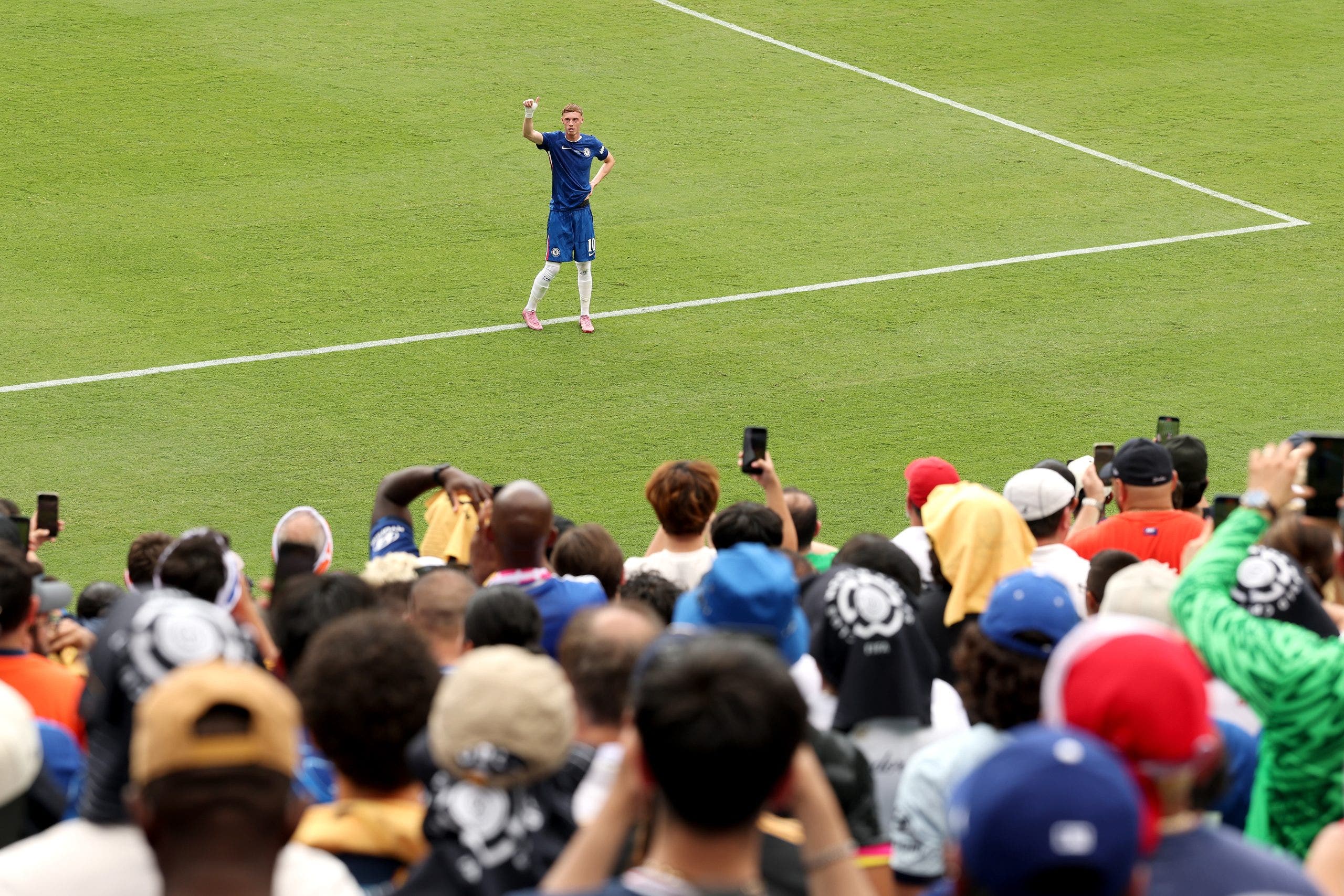
(Photo by Emilee Chinn – FIFA/FIFA via Getty Images)
There were plenty of neutrals present, too. Spotted in the sea of blue and bleu-blanc-rouge was every other kind of shirt imaginable, from vintage Maradona jerseys to Liga MX’s Tigres to Toronto FC to the Greek national team. A sizable contingent wore Ecuador’s yellow top or a Chelsea one emblazoned with Moises Caicedo’s name and No. 25; New Jersey is home to some 250,000 Ecuadoran expats, more than any other state.
They all came to see something compelling and different. FIFA leaned into the latter by testing out referee cams and basketball-style player intros. Legendary boxing announcer Michael Buffer introduced the teams with his signature “let’s get ready to rumble!” call. Crews rushed to water the grass during cooling breaks as if they were floor sweepers at an NBA game. And there was the halftime show featuring J Balvin, Doja Cat, and Coldplay that wouldn’t have felt out of place at a marquee NFL game.
None of it overshadowed the all-world product on the field.
While U.S.-based soccer lovers have been money-grabbed by touring European giants every summer since the early 2000s, it’s still rare to see them in real high-stakes competition on this side of the Atlantic.
The Club World Cup had until this year been little more than an annoyance for top European squads. It only began in the year 2000, was shoehorned into the middle of domestic campaigns, and featured just seven entrants. But since becoming FIFA president in 2016, Gianni Infantino has been determined to expand it as a global counterweight to Europe’s vaunted UEFA Champions League. His dream was finally realized this summer, with a 32-team field hosted by the U.S. as a dress rehearsal for the 2026 co-host (along with Canada and Mexico) of what will be a 48-nation World Cup next year, 50-percent larger than any previous edition.
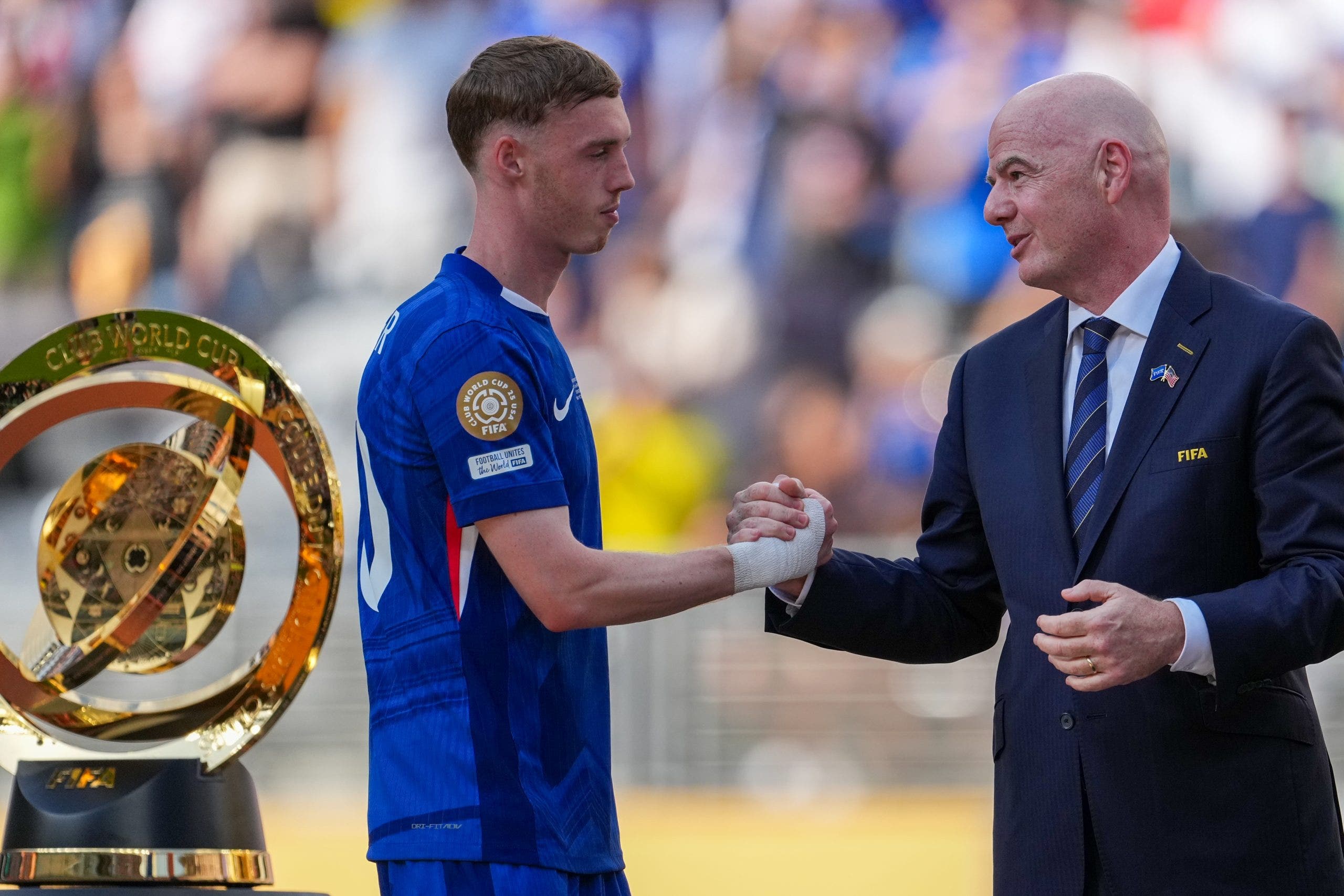
(Photo by Robin Alam/ISI Photos/ISI Photos via Getty Images)
Given its novelty, this Club World Cup and Sunday’s final in particular can’t be considered anything other than a smashing success.
So what if it pales in comparison to what’s expected 12 months from now?
In addition to the bragging rights that come with being christened the “undisputed” best club in the world by FIFA, Chelsea, which finished fourth in England last season, earned a cool $113 million in prize money at this Club World Cup — more than half as much as Liverpool received for winning the Premier League over a grueling, 10-month, 38-match campaign.
Clubs and players cared, clearly. It’s no surprise then than fans eventually followed their lead.
“We value it just as much as winning the Champions League,” Chelsea manager Maresca said afterward of the Club World Cup title. “It will be a source of price to wear the winner’s badge.”
This past month was a tasty appetizer. The main course is still to come.
Doug McIntyre is a soccer reporter for FOX Sports who has covered United States men’s and women’s national teams at FIFA World Cups on five continents. Follow him @ByDougMcIntyre.
recommended

Get more from the FIFA Club World Cup Follow your favorites to get information about games, news and more
the-final-before-the-final-what-the-club-world-cup-told-us-about-2026

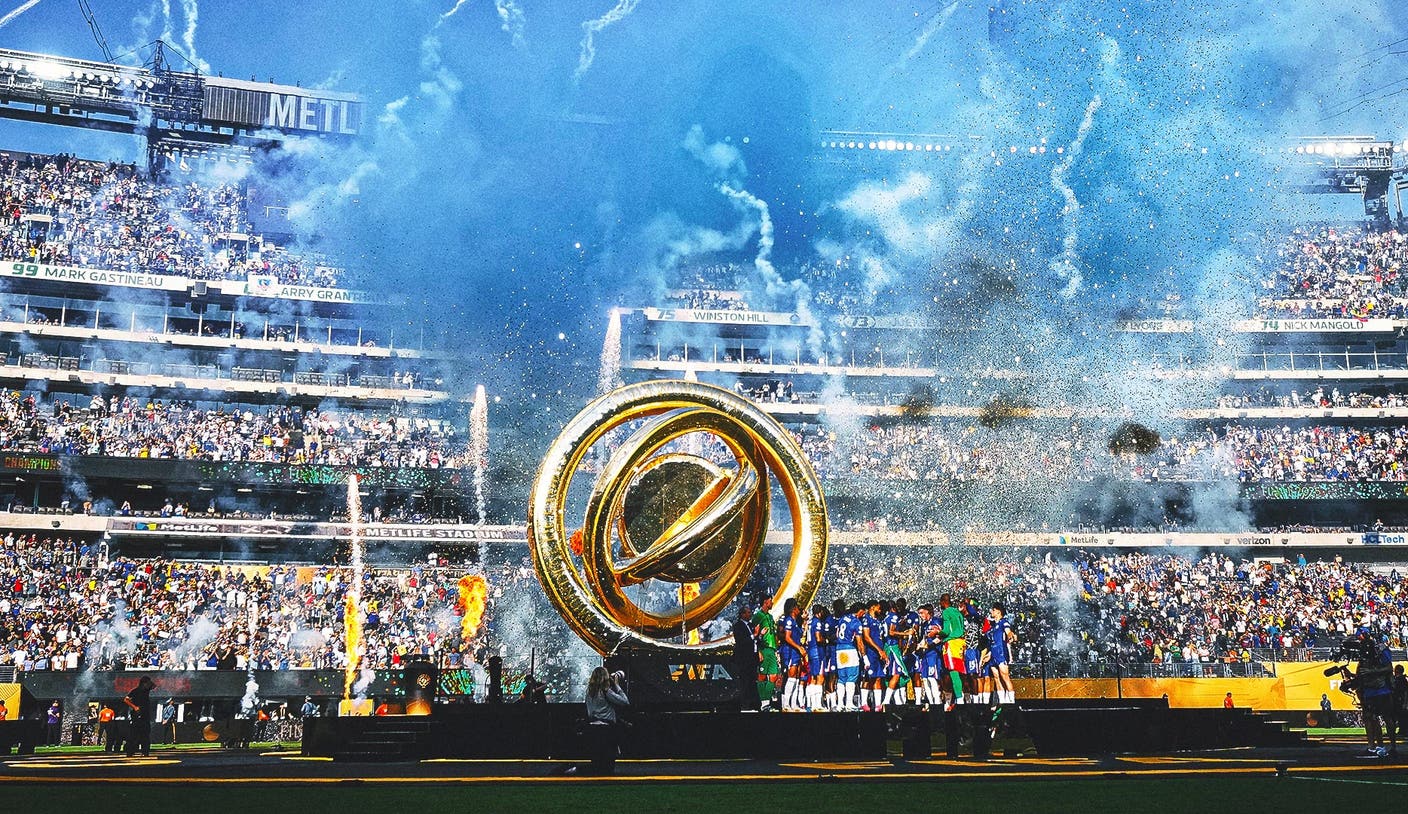
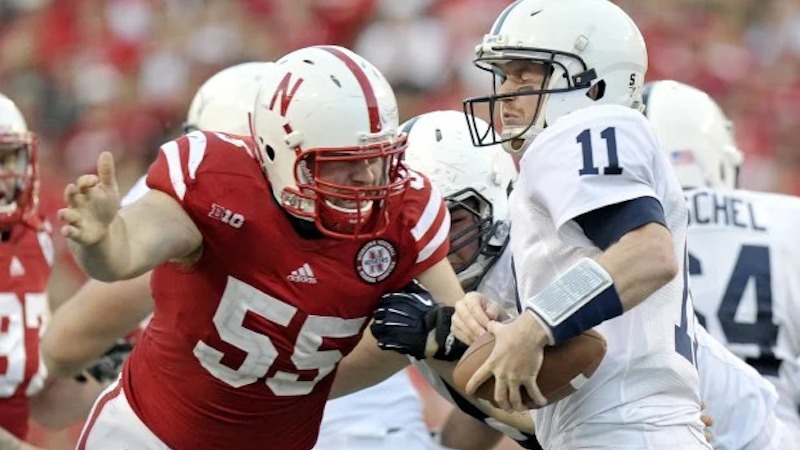
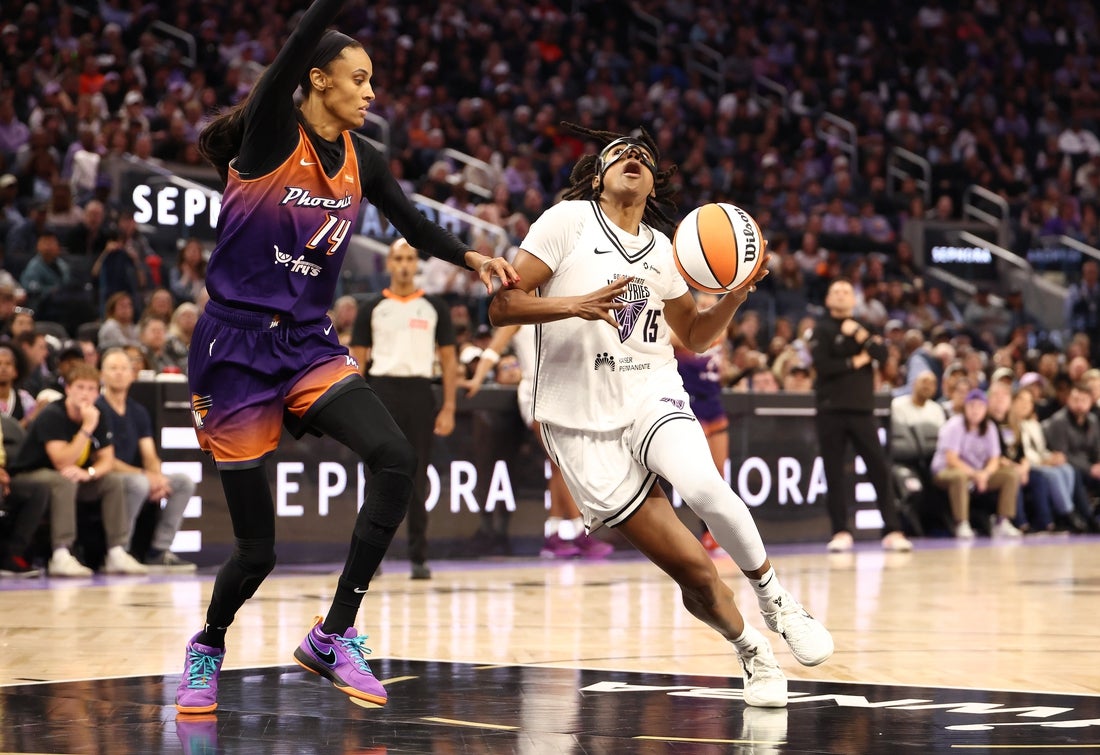
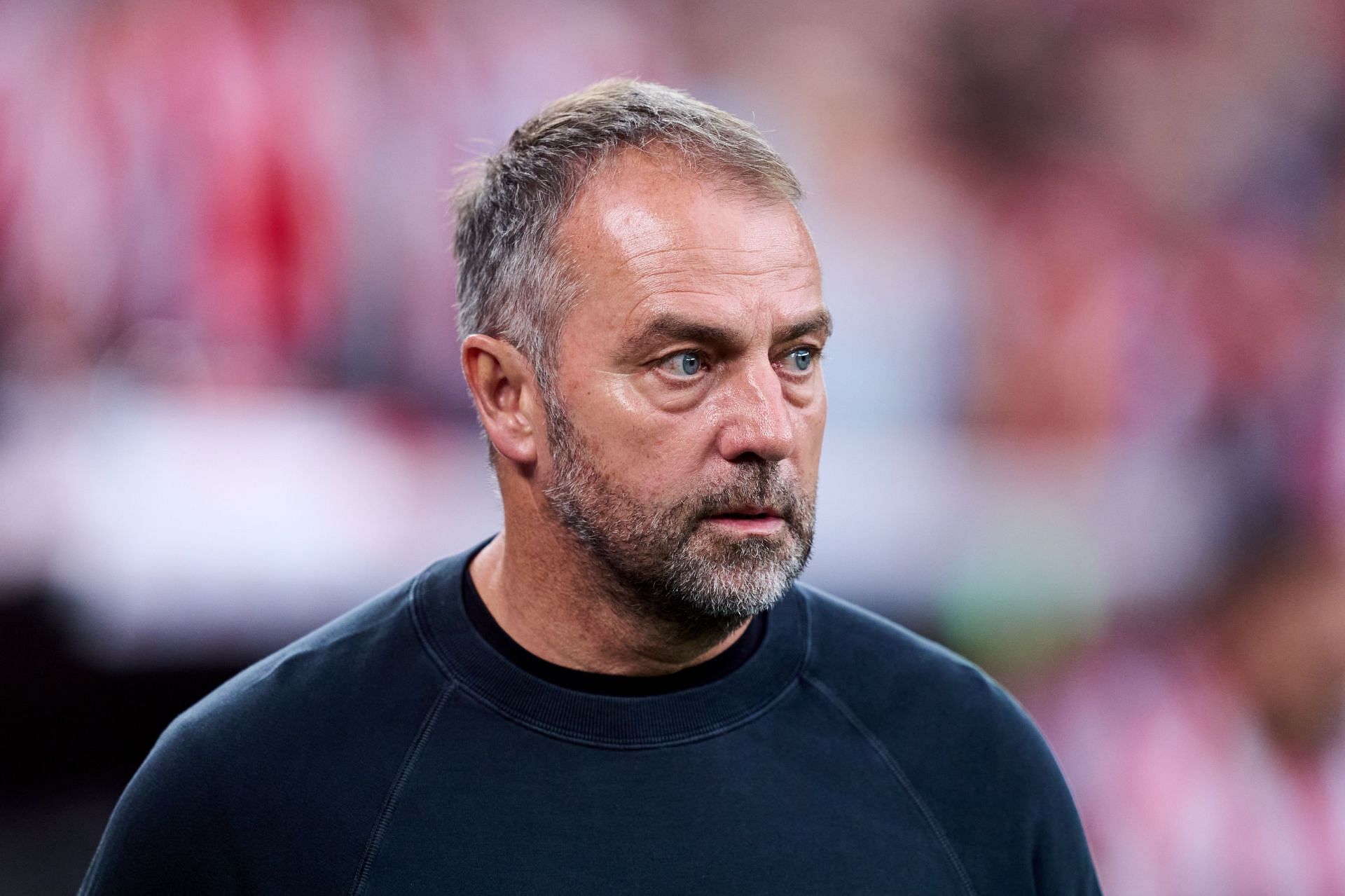
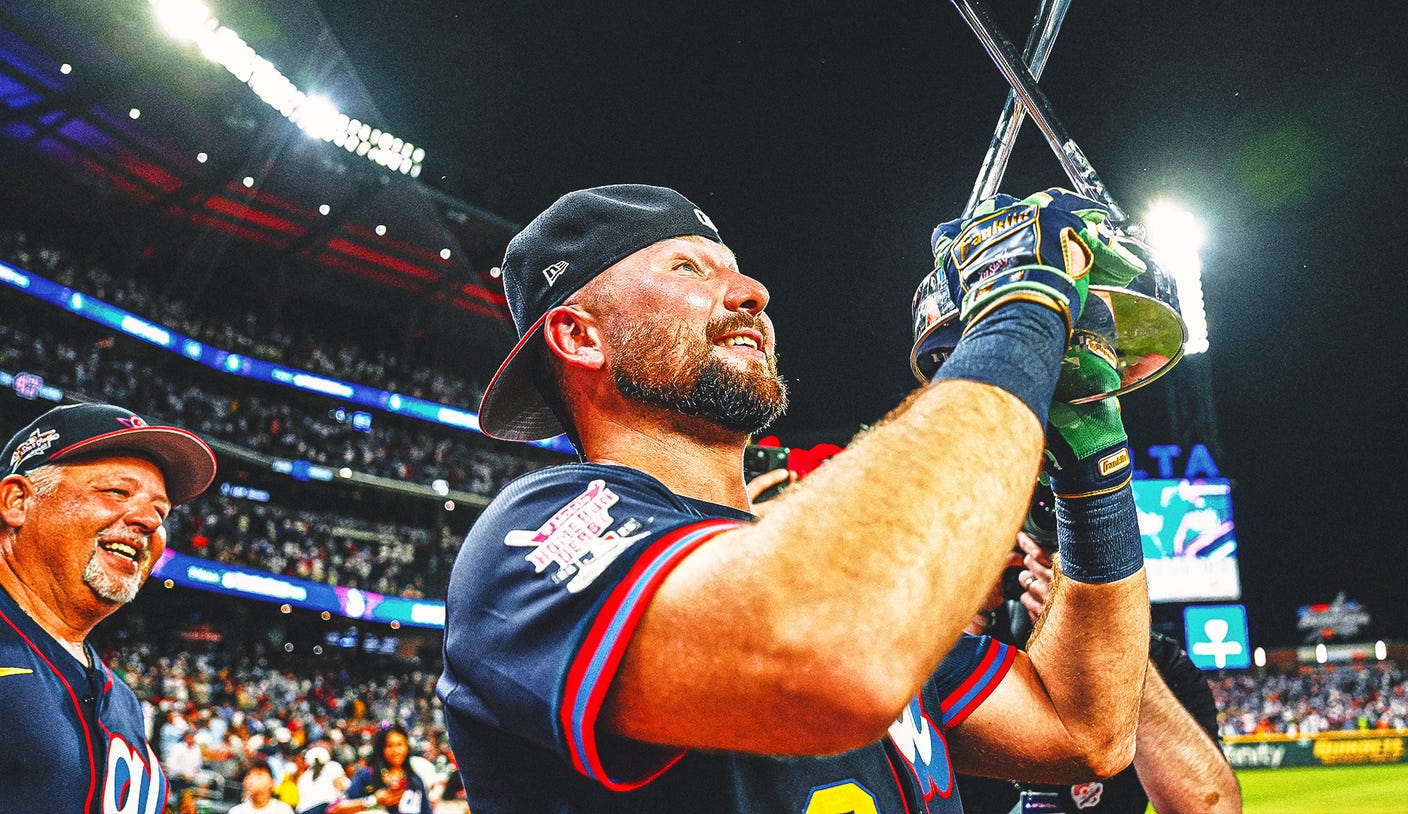
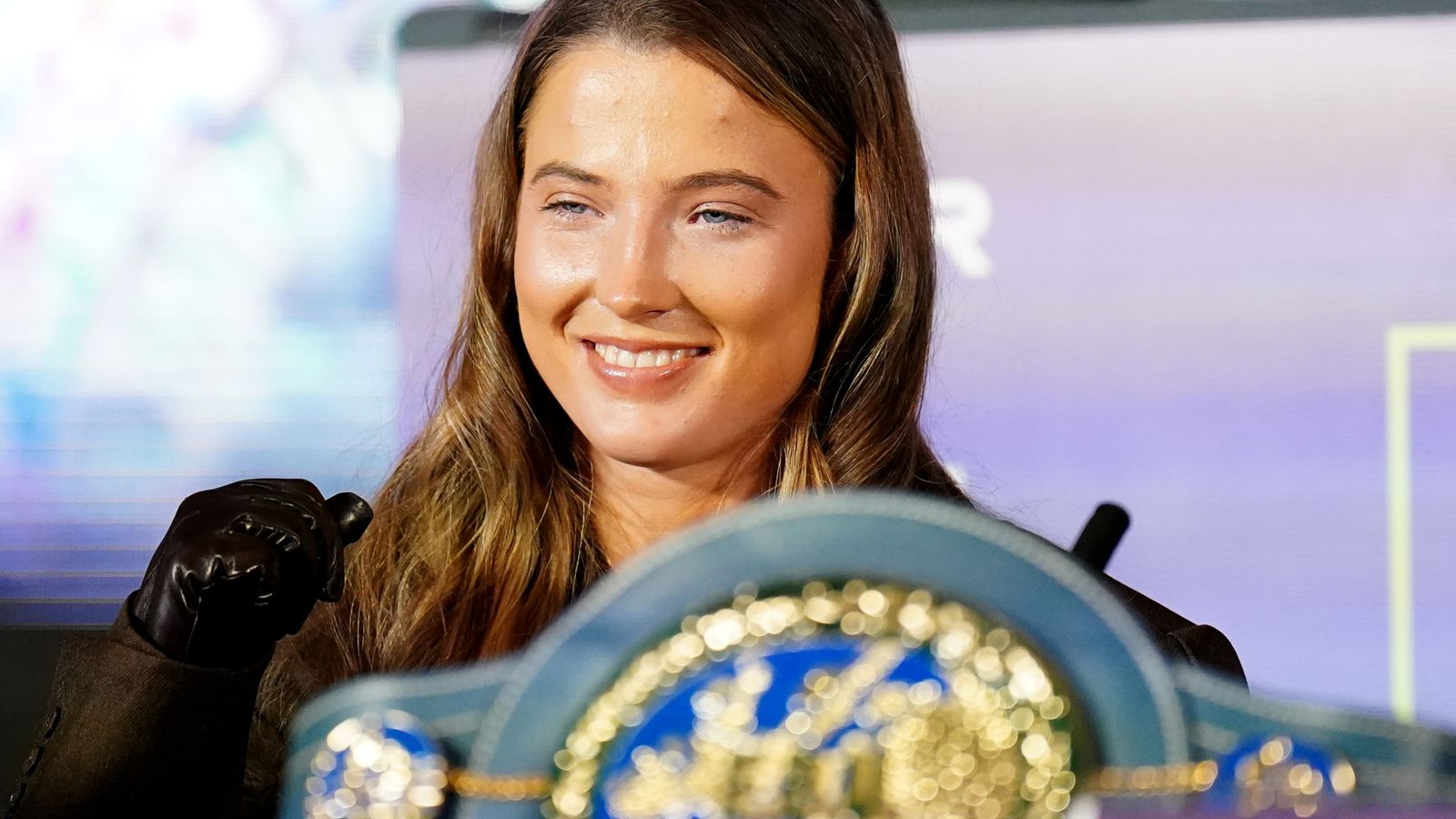
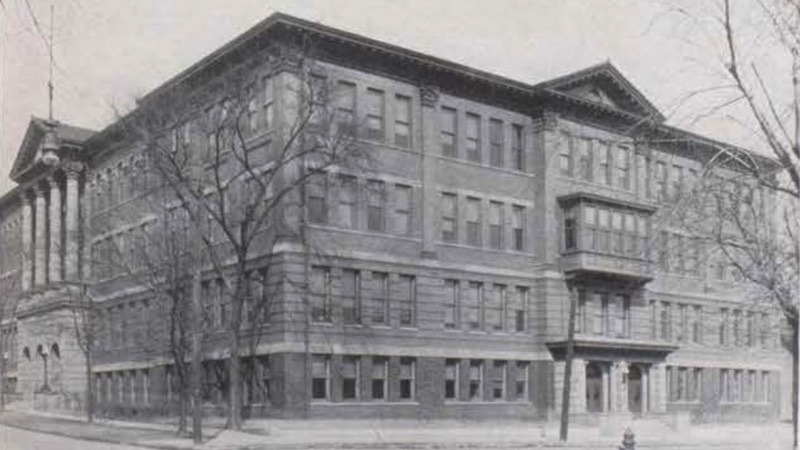
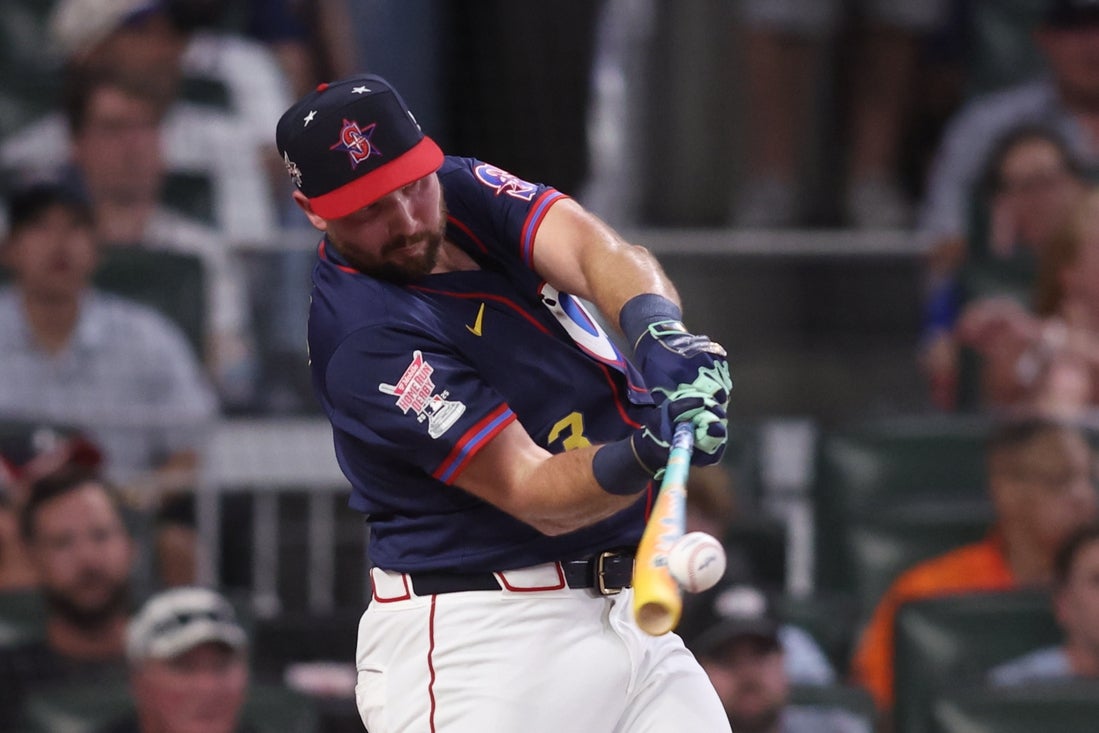
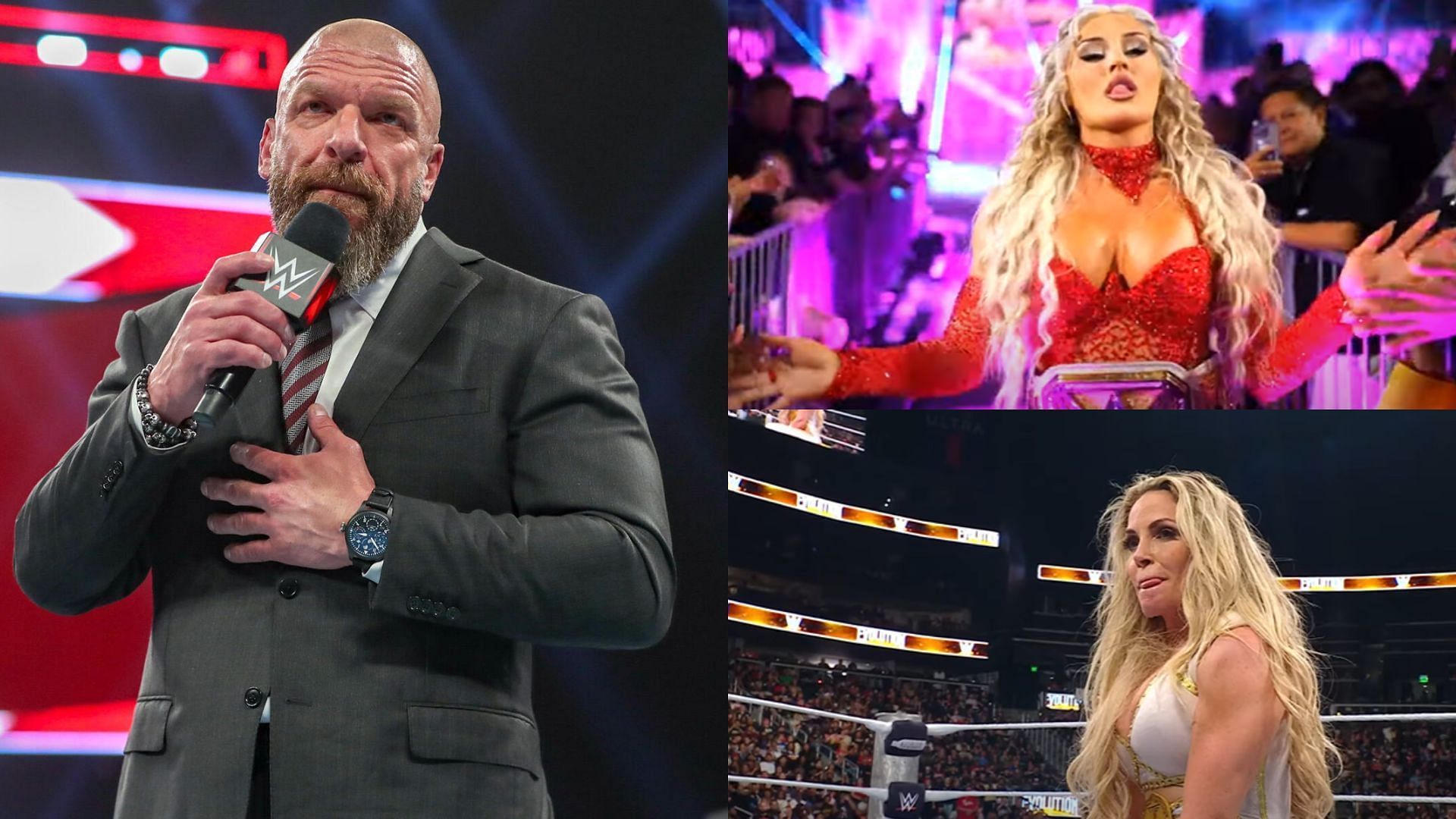
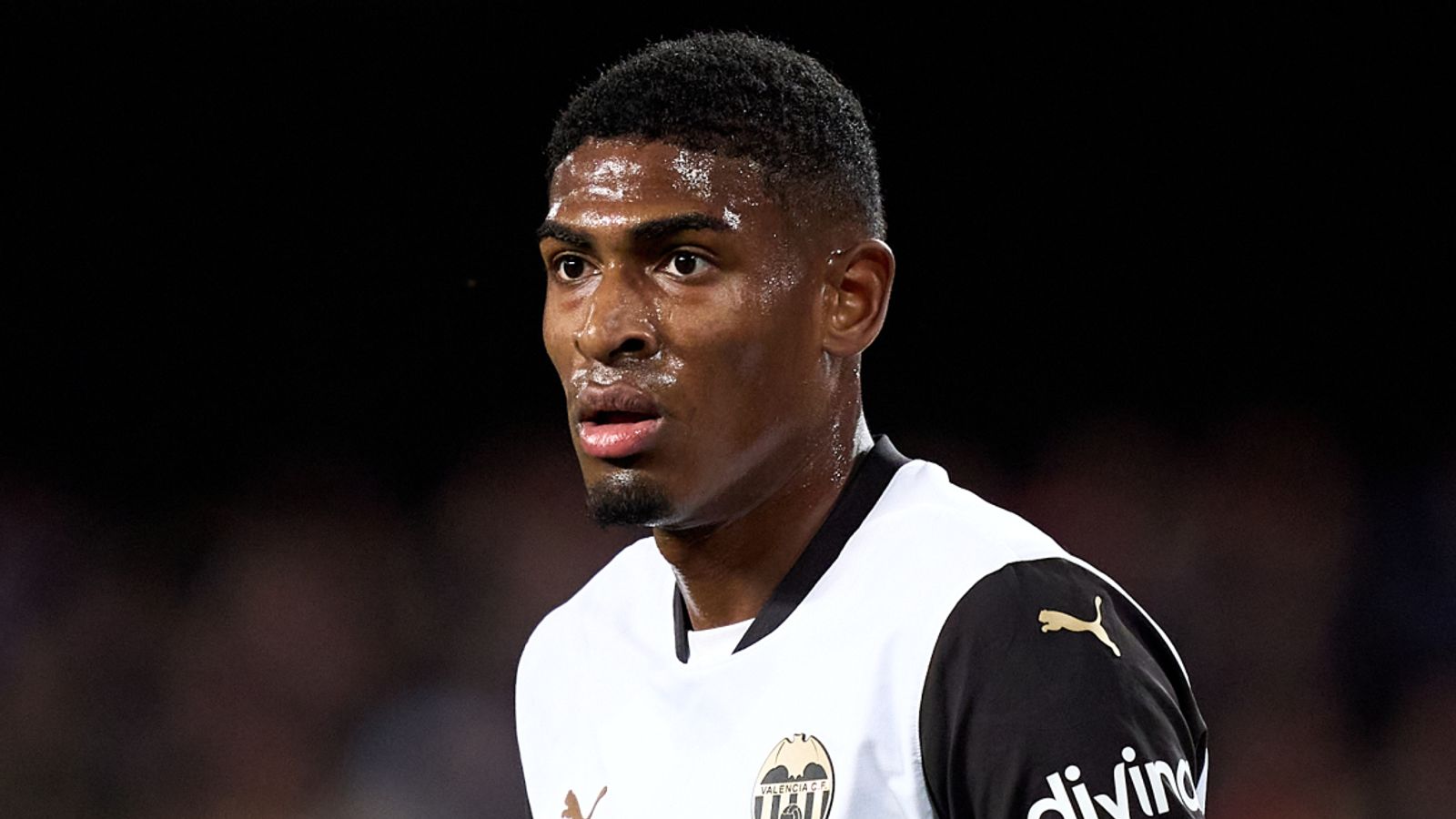
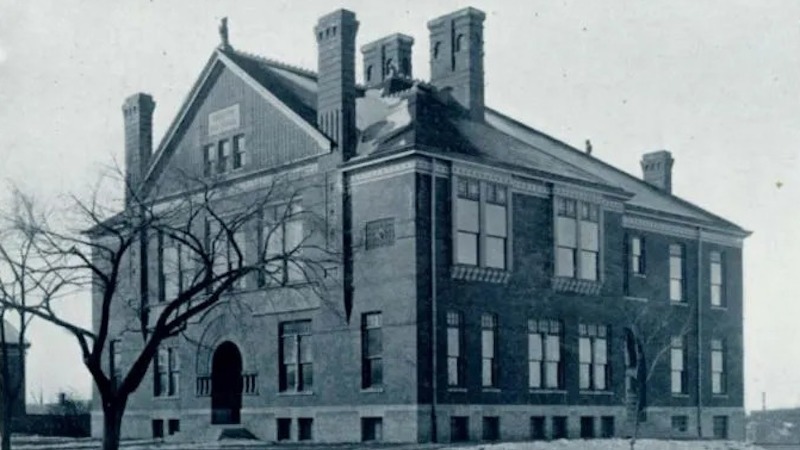
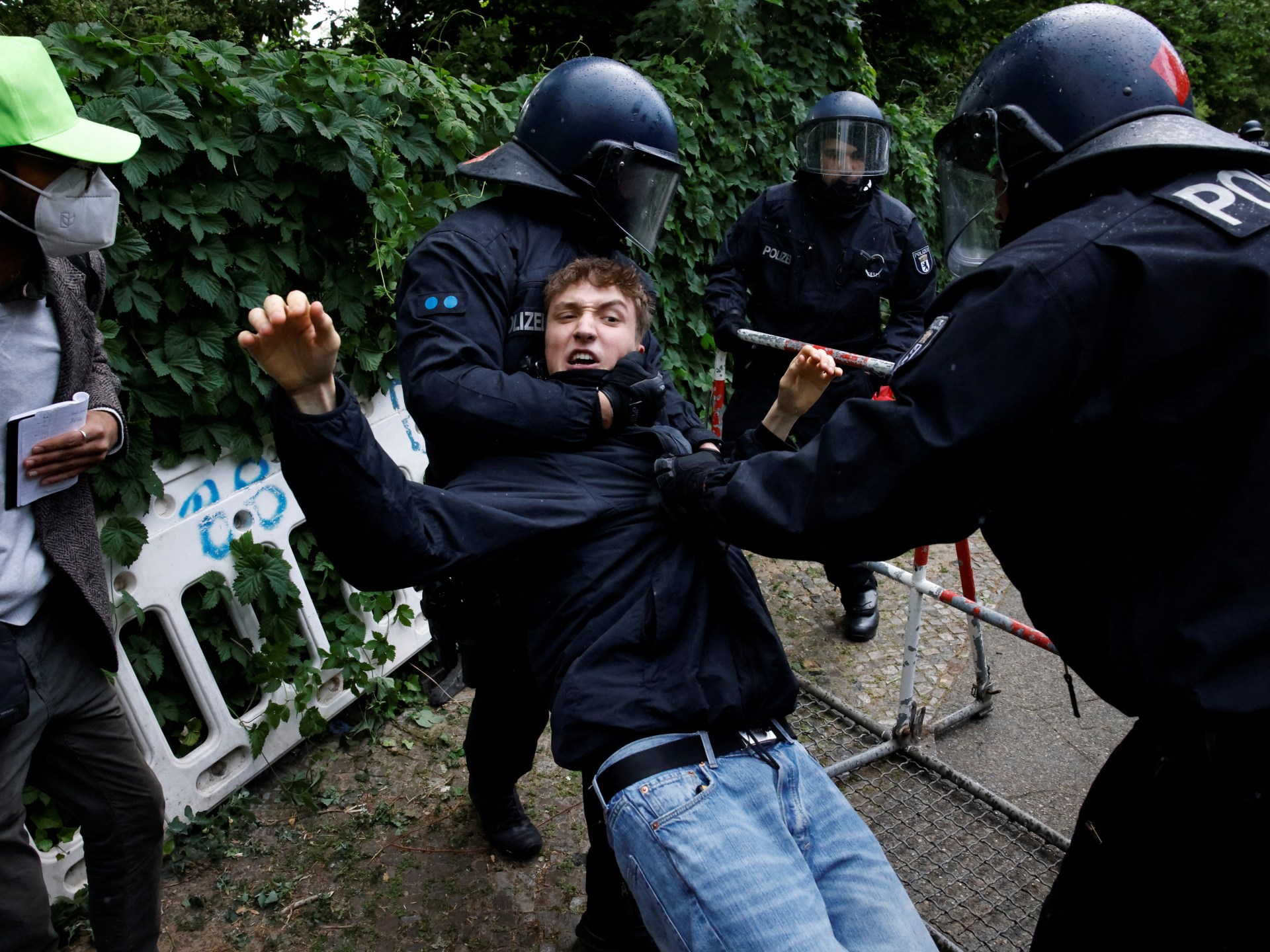


Leave a Reply